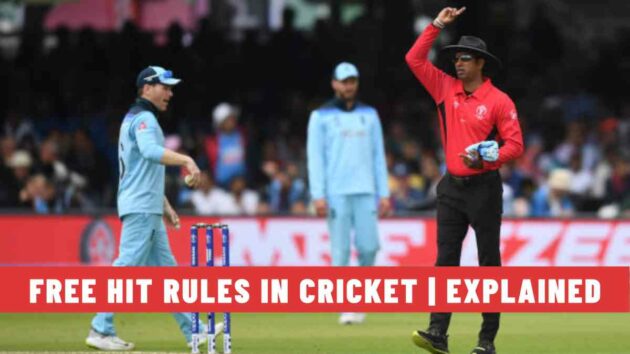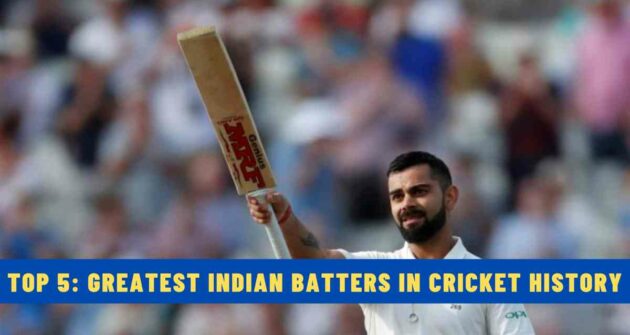Free hit has been one of the most beneficial rules for batters in limited-overs cricket. A free hit is given to the batting side when a bowler bowls a no ball.
The rule was implemented as a penalty for the bowling team when a bowler bowls a no ball, thus helping the batters to score in the next delivery with the least risk of losing a wicket.
This rule was first introduced by the ICC (International Cricket Council) in 2007 during the T20 World Cup in South Africa. Earlier, a free hit was awarded to the batter when a bowler bowled front foot or back foot no balls, while in 2015, the ICC altered the rule and applied it for all types of no balls.
Rules of Free Hit
The on-field umpire signals a free hit by making a circular movement by raising his hand above his head. If a free hit delivery is a no ball or a wide, then the umpire signals it a free hit again till a legitimate delivery is bowled on a free hit.
Even if a ball bounces twice before reaching the batter, it will be awarded a free hit. The batter can’t be stumped if a free hit delivery is wide.
A batter can be declared out on a free hit if he/she hits the ball twice, gets run out, or obstructs the field.
The bowler can change the bowling side during a free hit delivery. But the bowling side can’t change field placements during the free hit delivery. And if the bowling side changes the field placements, then the free hit delivery will be continued for the next delivery.
If another batter takes the strike because of a run out or a half run was taken during a no ball, then the fielding team can change field placements.
Field placements can be changed if the umpire awards a no ball for an extra fielder outside the ring. If the wicketkeeper was standing up, he/she can go back when a pacer bowls.
Also Read | Wicketkeeper Rules in Cricket
Are batters allowed to run when bowled on a free hit?
A batter can run even if he/she gets bowled on a free hit. The runs are awarded to the batter if the ball hits the bat before hitting the stumps.
The runs are added to the team’s total if the ball hits the batter’s pads before hitting the stumps as leg byes. If the ball hits the stumps without hitting the pads, bat, or any other part of the batter’s body, then the runs are awarded as byes.
During the 2022 T20 World Cup in Australia, when India faced Pakistan, one such instance occurred. Off-spinner Mohammad Nawaz bowled Virat Kohli on a free hit, but the Indian batters ran three runs that were recorded as byes.
In another instance, when Perth Scorchers faced Melbourne Stars in the 2022-23 WBBL (Women’s Big Bash League) game, Piepa Cleary of Perth Scorchers bowled Annabel Sutherland of Melbourne. The ball went to the boundary after hitting the stumps, but these runs were recorded as byes.
Read Next | What are Extras in Cricket? | Types of Extras











